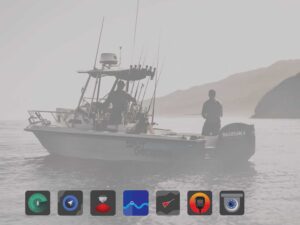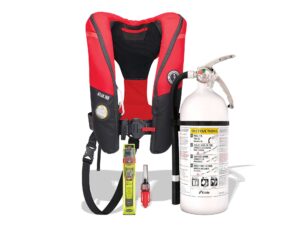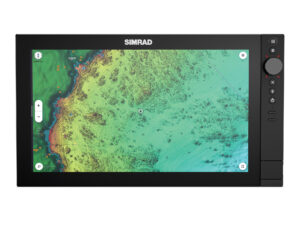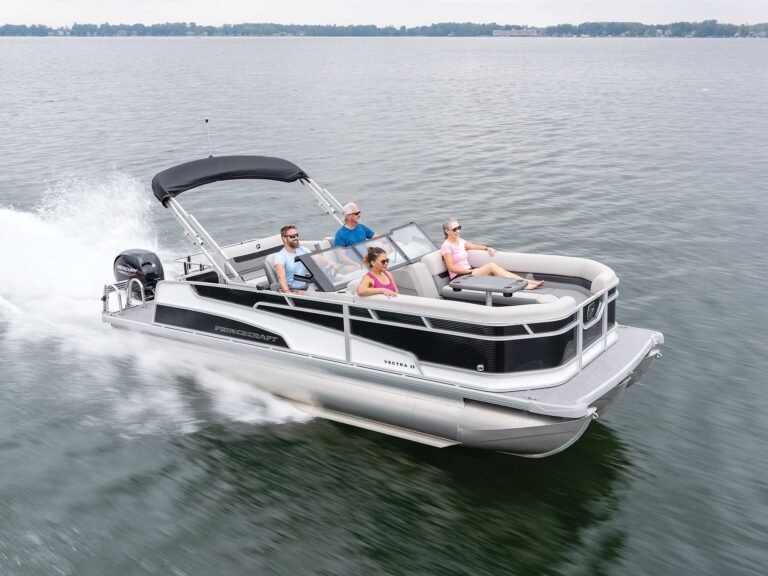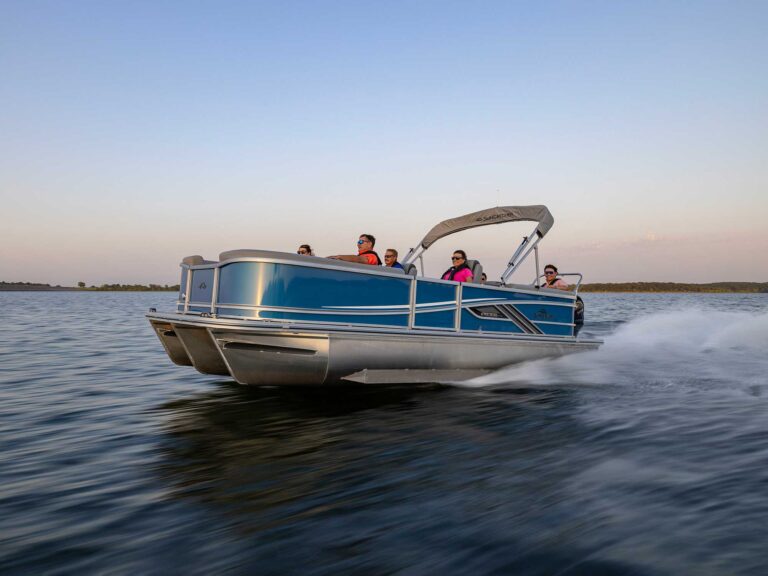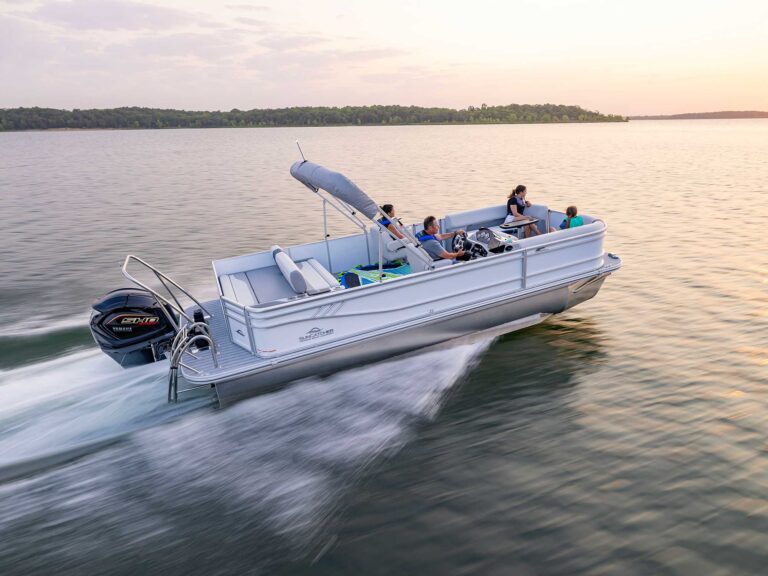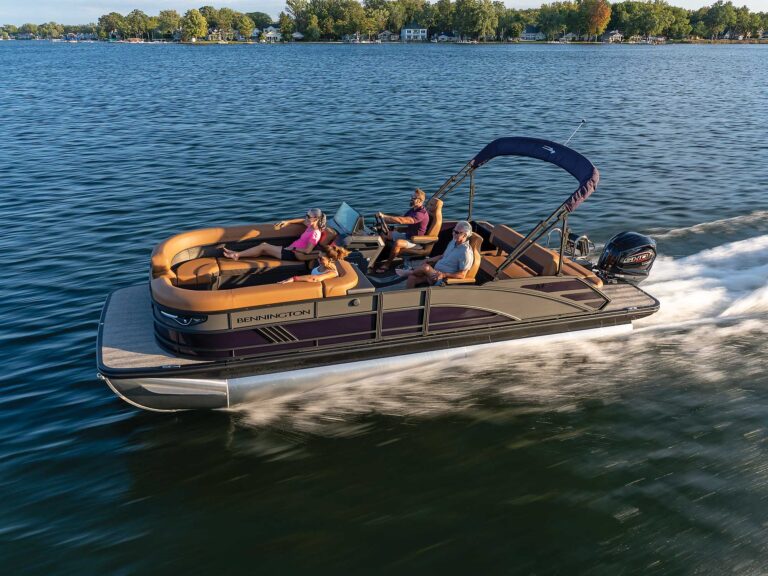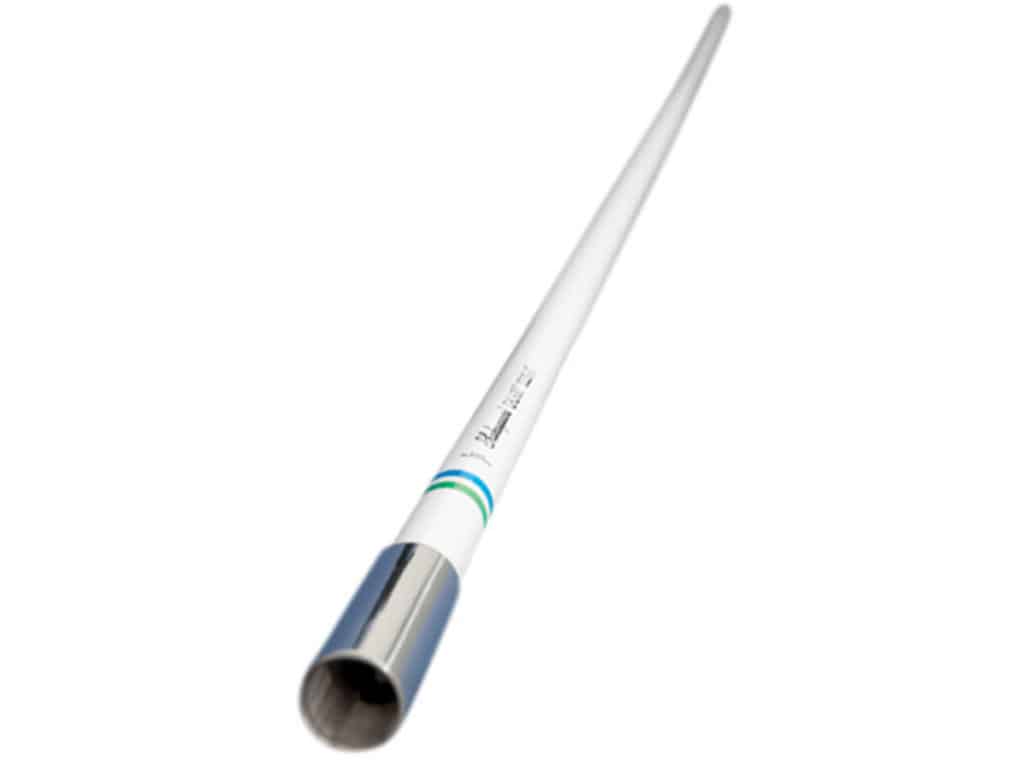
Q. How can I increase the range of my radio?
A. Your antenna is the single most important factor affecting VHF radio range, and three key parameters determine antenna performance: gain, height and length. The higher the gain (decibel rating), the greater the strength and distance of the radio signal. Increasing the antenna height can also increase distance, so mount your antenna as high as possible, such as on top of your boat’s hardtop or radar arch. You can also get greater range with a longer antenna — it has a larger radiating element.
Additionally, keep in mind that not all VHF radios are created equally. Maximum range is in part due to the quality of the signal they produce and their ability to “hear” weak and distant stations, as well as screen out noise and interference. As a rule, better radios generally cost more.
VHF Radio and Antenna Installation
Here are key factors to keep in mind when selecting and installing a VHF radio and antenna.
Antenna Gain
An antenna’s energy radiates in all directions. An antenna’s gain factor (decibel or db rating) compresses the wasted energy skyward and downward to the water, focusing your radio’s signal more toward the horizon. This concentration of energy extends your radio coverage. The higher the db number of your antenna, the greater its reach will be.
An antenna with a gain factor of 6 db at a length of 8 feet is adequate for most boats. Larger boats that can support antennas up to 23 feet can make use of higher gain (9 to 10 db) antennas.
Gain is a two-way street. While your transmission range is increased, your reception or ability to receive a weak or distant station is increased by the same amount.
VHF Radio Selection
The quality of your transmitted signal can vary with the radio you use. Better fixed-mount radios have no difficulty in producing a strong, sustained 25-watt output. Less expensive radios might struggle to generate less than a full 25 watts of power output, which can even diminish in power during longer conversations.
Reception of weak and distant signals is critical for communications to occur. No matter how powerful your radio’s transmitter is, if you can’t hear the other party, two-way communication does not exist. A radio must have a sensitive “ear” with the ability to amplify weak signals and suppress signal noise and interference. This is usually found in better quality marine VHFs. Radios that have a receiver sensitivity specification of 0.25 microvolts (uV) or lower and a selectivity figure of 75 db or higher will aid in extending your communications range. Expect to pay more for radios with a more sensitive receiver.
Power and Installation
The condition of your batteries and their state of charge determine the actual voltage delivered to your radio. A solid and stable 12 volts of power applied to your radio is an important factor in producing a strong signal.
Use low-loss coax cable like RG-8X for antenna cable lengths over 20 feet. Avoid stress and sharp bends when pulling antenna cables through the boat during installation. If you have limited room behind your radio to connect the antenna, use a 90-degree antenna connector adapter (No. UG-646, $10) to avoid a sharp bend in the antenna cable.
Solderless Connectors
I do not like to use solderless antenna connectors. I have found them to have a higher rate of signal loss and failure than the soldered type. If you are hesitant to attempt to solder on the PL-259 antenna connector that connects to your radio, you might consider the 500 series VHF antennas (4 to 16 feet in length) from Digital Antenna (digitalantenna.com). They come with a preassembled connector that has a removable outer shell that leaves the connector centerpiece attached, which is only slightly larger than the cable itself. This allows for easier access when passing the cable through a dash, panels and wire ways.
For video tips on how to install a PL-259 connector, visit boatingmag.com/how-to-solder-marine-vhf-radio-pl-259-connector.

